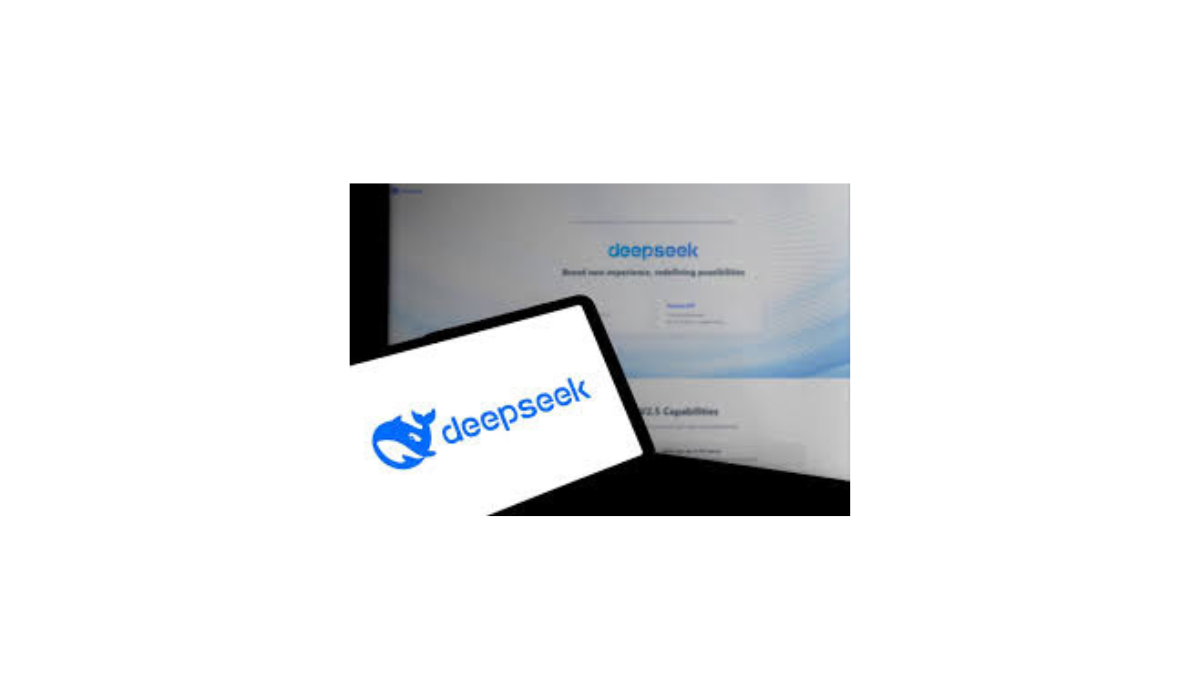The Artificial Intelligence Revolution: China’s Leap Forward with DeepSeek-V3

The field of artificial intelligence (AI) has witnessed groundbreaking advancements in recent years, with China emerging as a leading force. Among its most notable contributions is DeepSeek-V3, a transformative open-source AI model that introduces unprecedented capabilities and promising applications. This article delves into the intricacies of DeepSeek-V3, highlighting its features, potential impact, and the challenges it poses for the future.

What is DeepSeek-V3?
DeepSeek-V3 is a large language model (LLM) developed in China, forming part of the DeepSeek series aimed at pushing the boundaries of AI. This model excels in understanding and generating text in multiple languages and is adept at handling complex tasks such as translation, summarization, and answering questions.
Key Features of DeepSeek-V3
- Open Source: The most remarkable aspect of DeepSeek-V3 is its open-source nature, allowing researchers and developers to access and modify the source code, thereby fostering innovation and continuous improvement.
- Advanced Linguistic Capabilities: DeepSeek-V3 demonstrates exceptional proficiency in natural language understanding and processing, making it a powerful tool for applications like machine translation and sentiment analysis.
- Versatility in Applications: The model can be deployed across a wide range of use cases, from customer service to content creation.
- High Performance: DeepSeek-V3 boasts impressive efficiency in processing large datasets, ensuring high levels of accuracy and reliability.
The Importance of DeepSeek-V3
DeepSeek-V3 stands out as a significant milestone in AI for several reasons:
- Open Access: Its open-source nature democratizes AI, enabling global researchers and developers to innovate and accelerate progress in AI.
- Enhanced Linguistic Understanding: Its ability to comprehend context and handle intricate expressions makes it invaluable for applications like text summarization and answering complex queries.
- Application Flexibility: Its adaptability allows for widespread use across various industries, from automated customer support to sophisticated content generation.
The Future Impact of DeepSeek-V3
DeepSeek-V3 is expected to have far-reaching implications, including:
- Accelerating AI Research: By being open-source, DeepSeek-V3 encourages the development of new models and optimization of existing ones.
- Expanding AI Applications: The model’s versatility paves the way for increased efficiency and the discovery of novel use cases.
- Promoting AI Accessibility: Making advanced AI technology widely available ensures equitable distribution of its benefits.
Challenges in AI Adoption
Despite its numerous advantages, DeepSeek-V3 and similar models face several challenges:
- Misuse: Large language models can be exploited for harmful purposes, such as spreading misinformation or generating hate speech.
- Privacy Concerns: Collecting and utilizing vast amounts of data may infringe on individual privacy.
- Cybersecurity Threats: These models are potential targets for cyberattacks.
- Bias: Inherent biases in training data can lead to unfair outcomes.
- Job Displacement: The automation enabled by AI might lead to job losses in various sectors.
Ethical and Legal Implications of Models like DeepSeek-V3
Advanced AI models such as DeepSeek-V3 bring a host of ethical and legal considerations that warrant careful attention:
Ethical Considerations
- Bias and Discrimination: Models may reflect biases present in training data, leading to discriminatory outcomes.
- Privacy: The extensive use of personal data for training raises concerns about data protection.
- Responsibility: Determining accountability for decisions made by AI systems is crucial.
- Misuse Risks: These models can be weaponized for malicious purposes like fraud or fake news generation.
- Autonomy and Awareness: Questions arise about the autonomy of these models and their potential rights or responsibilities.
Legal Considerations
- Intellectual Property: Ownership of content generated by AI—developer or user—remains a gray area.
- Data Protection: Existing laws may not sufficiently address the use of personal data in AI training.
- Liability: Identifying the liable party in cases of harm caused by AI models is essential.
- Bias and Discrimination: Companies using biased AI models may face legal action.
- Cybersecurity: Ensuring the protection of AI models from attacks is a growing concern.
Future Challenges and Recommendations
- Regulatory Frameworks: Governments must establish clear regulations to ensure the safe and ethical use of AI.
- International Collaboration: Addressing these challenges requires global cooperation and standardized practices.
- Public Awareness: Educating the public about AI’s risks and benefits is essential.
- Ethical Development: Developers and research institutions must prioritize ethics in AI advancements.
- Suggested for you: Apple’s Technological Leap: Introducing the M4 Chip in MacBook Pro and Mac Mini
Conclusion
DeepSeek-V3 represents a pivotal step forward in AI development, offering innovative capabilities and opening new horizons for exploration. However, its deployment requires cautious oversight and the establishment of robust regulatory frameworks to ensure its safe and responsible use.


Comments